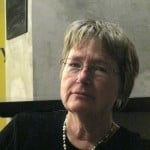 Professor Mary Durfee recently gave lectures in Hungary and Iceland.
Professor Mary Durfee recently gave lectures in Hungary and Iceland.
In Budapest, Hungary at the Institute of Foreign Affairs and Trade, Durfee presented her lecture titled “Will Russian Cooperation Continue in the Arctic.” Despite the frequent news items on coming conflict in the Arctic, there has been a very high degree of cooperation and law-based behavior in the region. The recent events in the Crimea and Ukraine suggest a different foreign policy coming from Moscow. Is it likely Russian behavior will change in the far north? Using primarily geo-political argument, Durfee argues cooperation will continue in the North, though whether the other Arctic countries will separate Russian Arctic behavior from its behavior elsewhere is in doubt.
At the Corvinus Society for Foreign Affairs and Culture in Budapest, Hungary, Durfee presented “The Problem of U.S. Power and a Solution in the Rise of China.” At the end of the Cold War, the U.S. stood as the sole superpower. But it did not reinforce the institutions it had built with allies after WWII, rather it used its power to undermine many of the institutions and to attempt to change the internal orders of states in the ways the U.S. thought would be best. At the same time, the absence of another power with an alternative view on order meant the U.S. had no reason to evaluate the strength of it’s own political system as a model to others. Ian Clark has said that hegemony is “power with a purpose.” The peaceful rise of China and that state’s new efforts to offer a different hegemonic order may help the U.S. refine its hegemonic purpose.
In the Arctic Circle, Reykjavik, Iceland, Durfee presented “Every Treaty is a Policy: The Evolution of Norms in the Arctic.” Through an evaluation of Arctic treaties since 1920, Durfee argues there are three key norms: 1) Bend sovereignty where mutual gains are possible 2) Include Indigenous Peoples in decision making 3) Peaceful settlement of disputes (despite large military assets in many Arctic states).
Durfee is on sabbatical as a Fulbright to Hungary in Budapest.
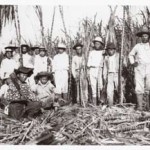
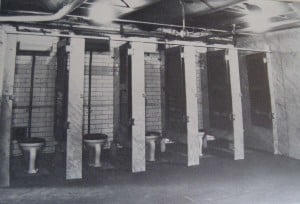
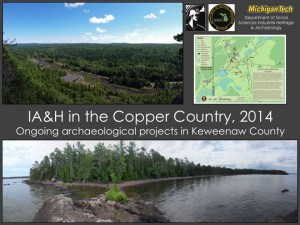
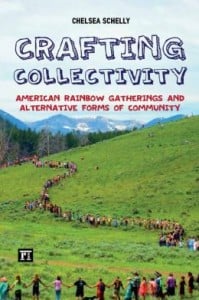
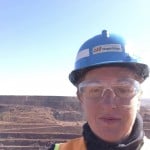
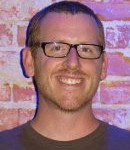
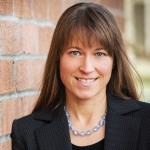
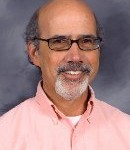
 From
From